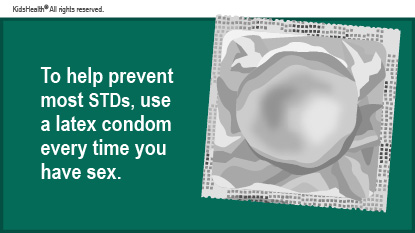Chlamydia is a common, curable sexually transmitted disease (STD). STDs are infections that spread through sexual contact. Most people with chlamydia do not have symptoms. Treatment can stop the spread of the infection and help prevent long-lasting problems.


Treatment:
Follow up:



What happens if chlamydia is not treated? If it's not treated, chlamydia can lead to:
How can I avoid getting another STD? The only way to completely prevent chlamydia and other STDs is to not have sex. To lower the risk of getting an STD, you can:
Where can we get more information? You can make safe choices about your sexuality. Here are some resources that can help: